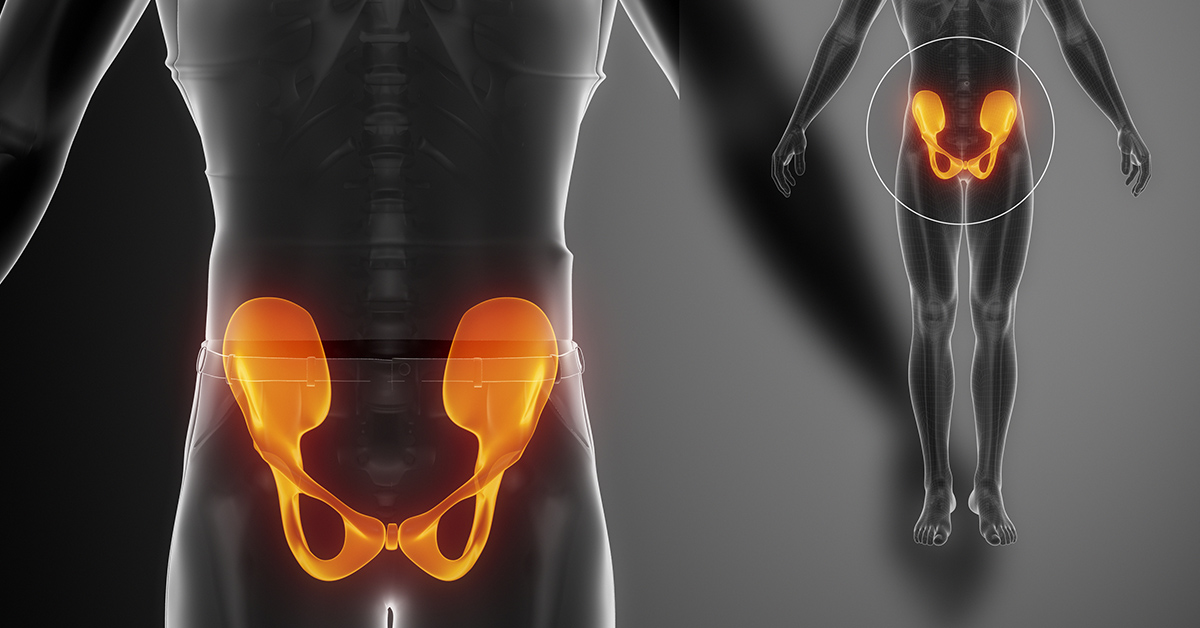It’s good to know your options. This approach to hip replacement is one of the most minimally invasive:

What is an Anterior Approach to Total Hip Replacement?
Total hip replacement is a procedure used to remove damaged sections of the hip and replace them with artificial implants. This minimally invasive procedure uses an anterior approach, where the surgery is performed through an incision on the front of the hip. Traditionally, minimally invasive total hip replacement has been performed through incisions on the back or side of the joint. An anterior approach lets the surgeon perform the operation without cutting the major hip muscles. Recovery time may be reduced due to this preservation of muscle tissue.
Who Needs an Anterior Approach to Total Hip Replacement?
Hip replacement may be necessary because of trauma, injury, infection, deformity, or natural degeneration from aging. One of the most common causes for hip replacement is osteoarthritis, which occurs when the cartilage that covers the surfaces of a joint wear out, causing pain as bone rubs against bone. This wearing down of cartilage occurs naturally in the body as we age. Symptoms of arthritis in the hip include mobility issues and dull, aching pain in the groin, thigh, buttock, and possibly the knee.
What Are the Steps in an Anterior Approach to Total Hip Replacement?
Removal of Damaged Bone
After the initial anterior incision has been made, The femur is detached from the hip socket, and the damaged femoral head is then removed.
The Hip Socket is Cleaned
The hip socket is cleared of damaged cartilage and bone.
Implantation of Metal Shell
A metal shell implant is inserted into the hip socket. Surgical screws or bone cement may be used to secure the shell.
Insertion of Liner
The hip socket replacement is completed with the insertion of a liner into the metal shell. The liner material may be plastic, ceramic, or metal.
Preparation of the Femur
Once the hip socket replacement is complete, the surgeon hollows out the end of the femur.
Implantation of Stem
A metal femoral implant, or stem, is inserted and pressed into the hollowed out canal made in the femur. The stem may be secured with bone cement.
Attachment of Ball
An artificial femoral head, or ball, is attached to the stem. This replaces the damaged femoral head removed earlier in the procedure. The material of the ball will match the material used to line the metal shell.
Finishing the Procedure
The surgeon then joins the new ball and socket together, forming the new hip joint.
After Surgery
After this procedure, you will be kept for observation. The length of your stay will be determined by your doctor, who will also prescribe physical therapy exercises to help restore pain-free and normal mobility after the procedure. Recovery time varies depending on the severity of the initial injury and the patient's adherence to the physical therapy prescribed.
